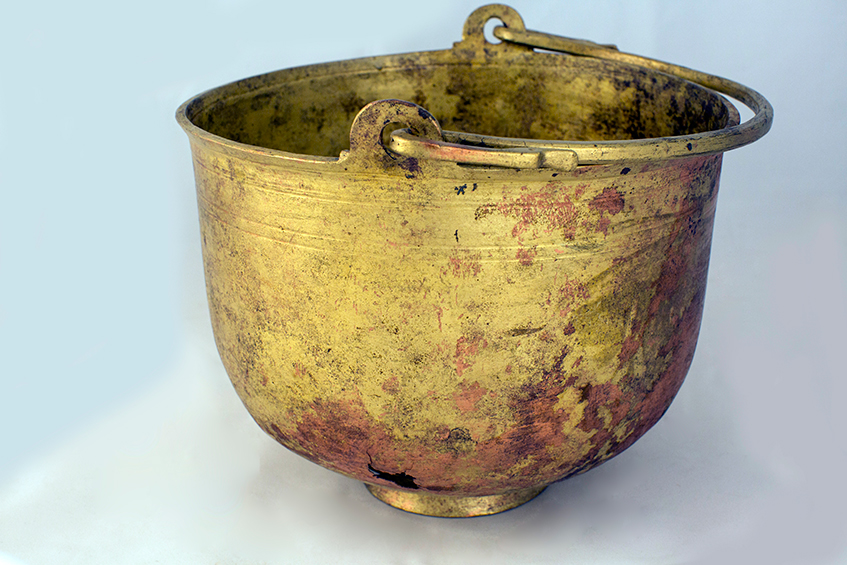
Click here to learn more
MATERIAL CULTURE OF BANAT IN LATE ANTIQUITY PERIOD
On the basis of the written word of Roman historian Ammianus Marcellinus, in the area of Banat in the fourth century AD lived two groups of the population, whose way of life differs greatly. They are collectively called the Sarmatians. One group is referred to as the Free Sarmatians or Argaraganti, and other as menial Sarmati or Limiganti. Menial Sarmati were up to the 332 AD under the authority of the Free and together, in the service of Rome fighting against the Germanic tribes, whose raids are increasingly focused on the borders of the Empire. Limiganti soon raise rebellion against the ruling class of the Free Sarmatians and already at 358, the Roman Emperor Constantius II is organizing a brutal march on Limigante because of that numerous villages dissapeard.


